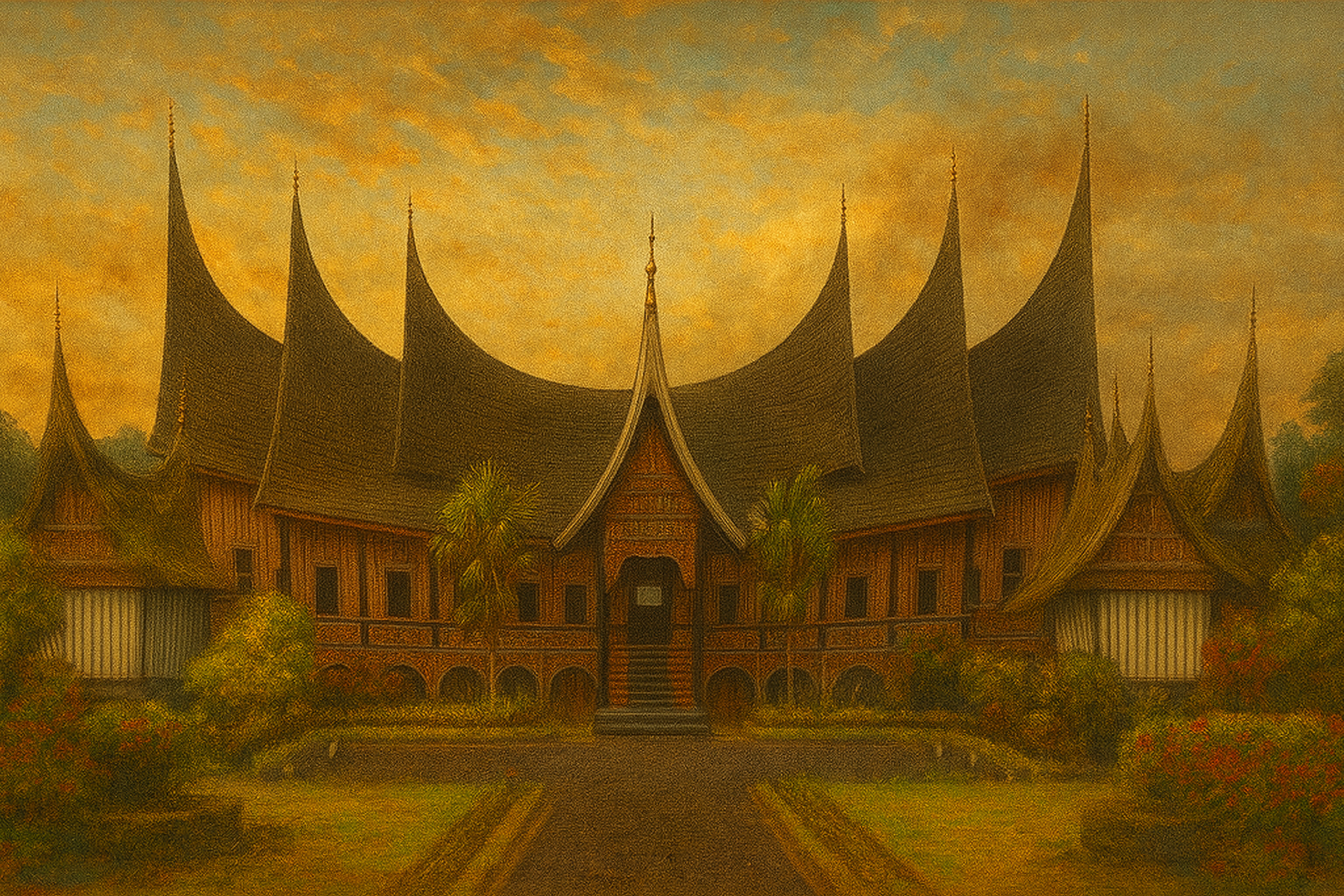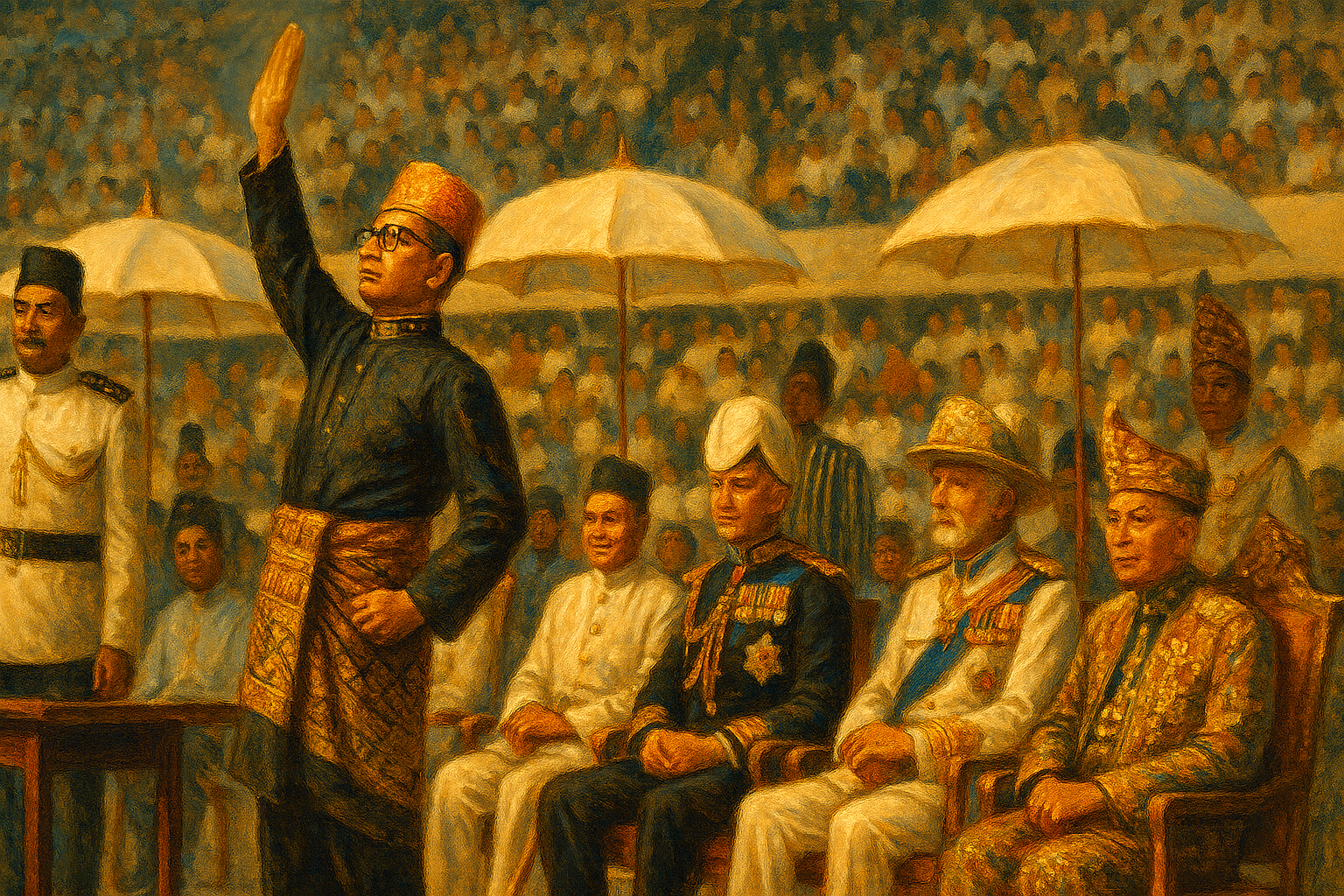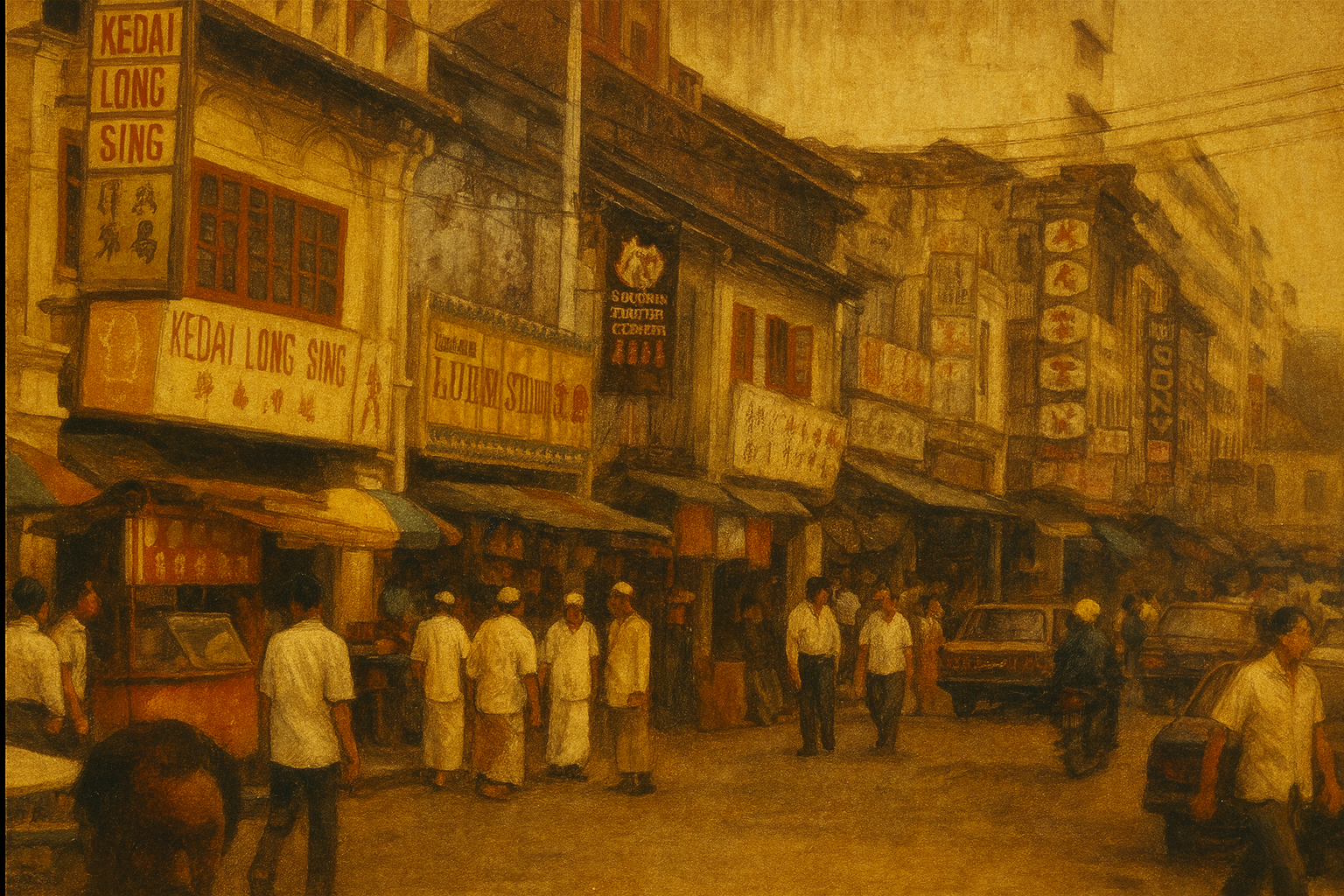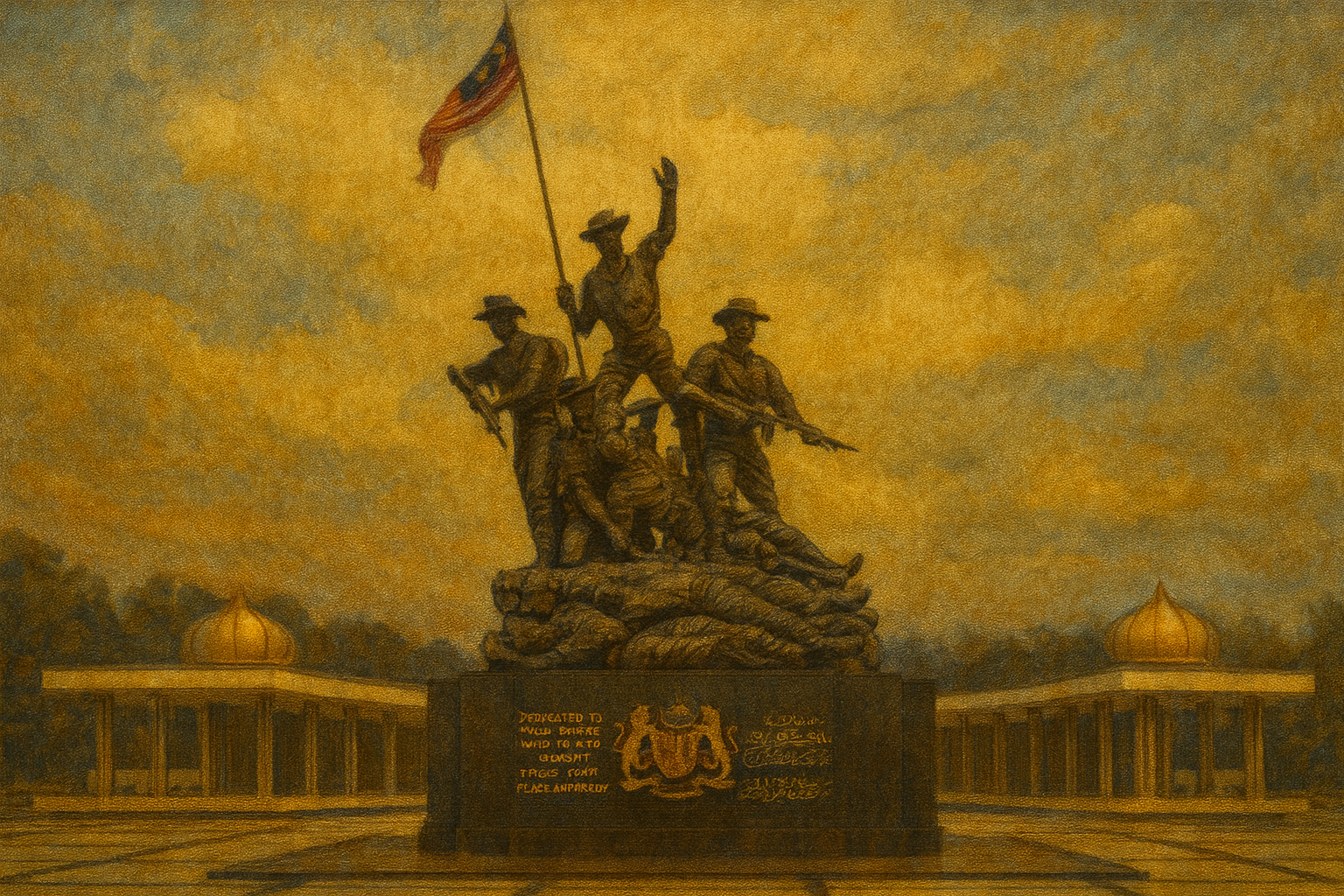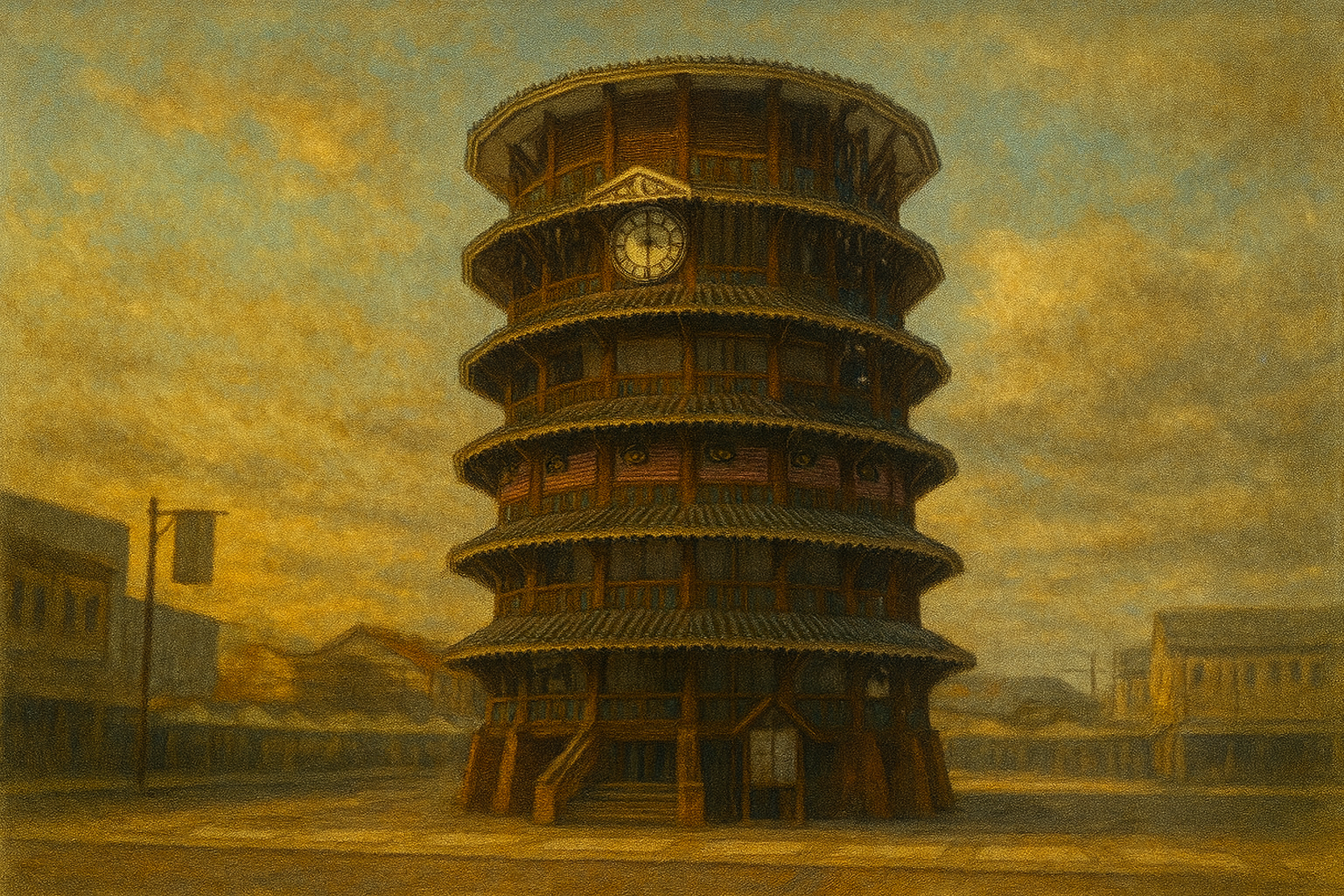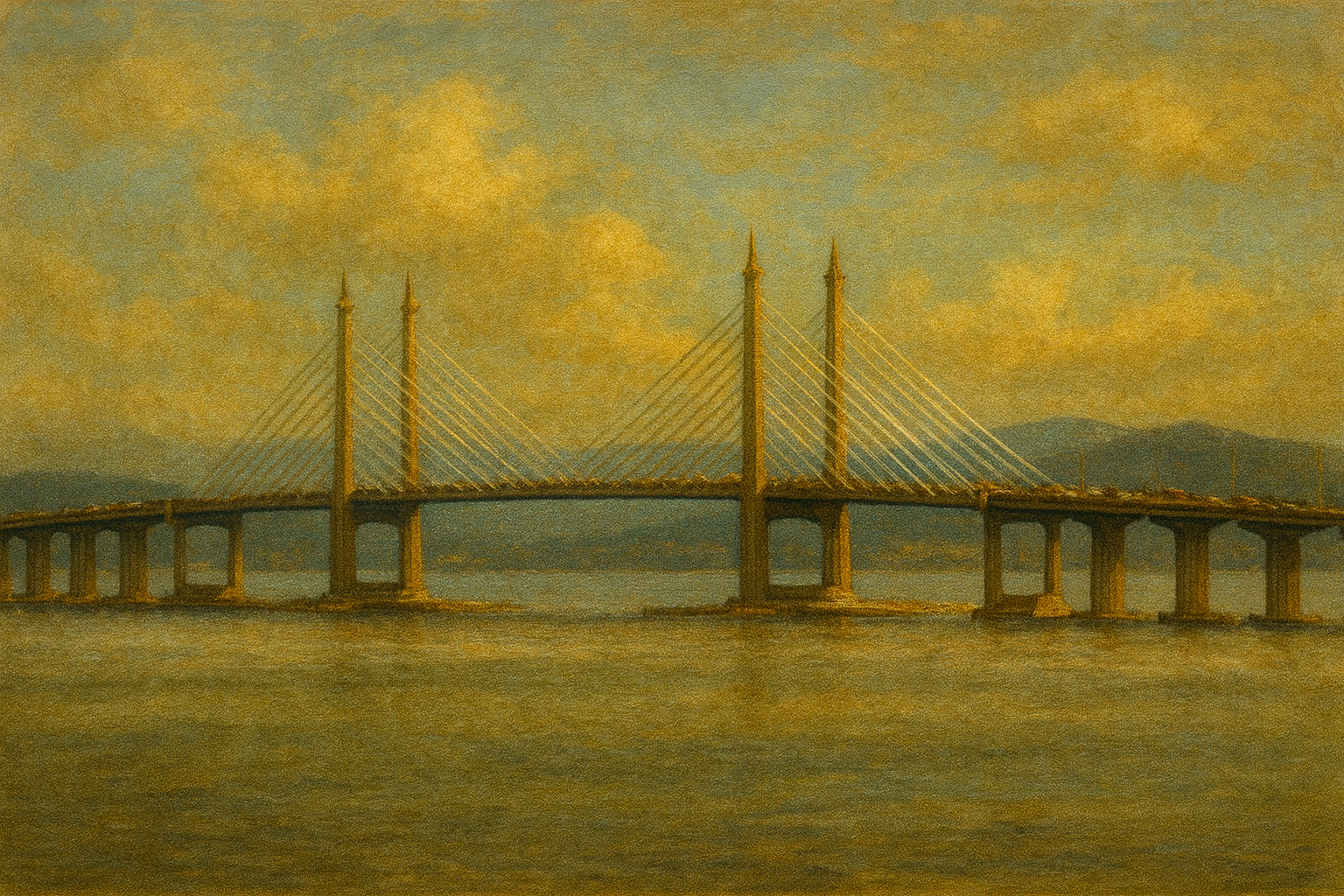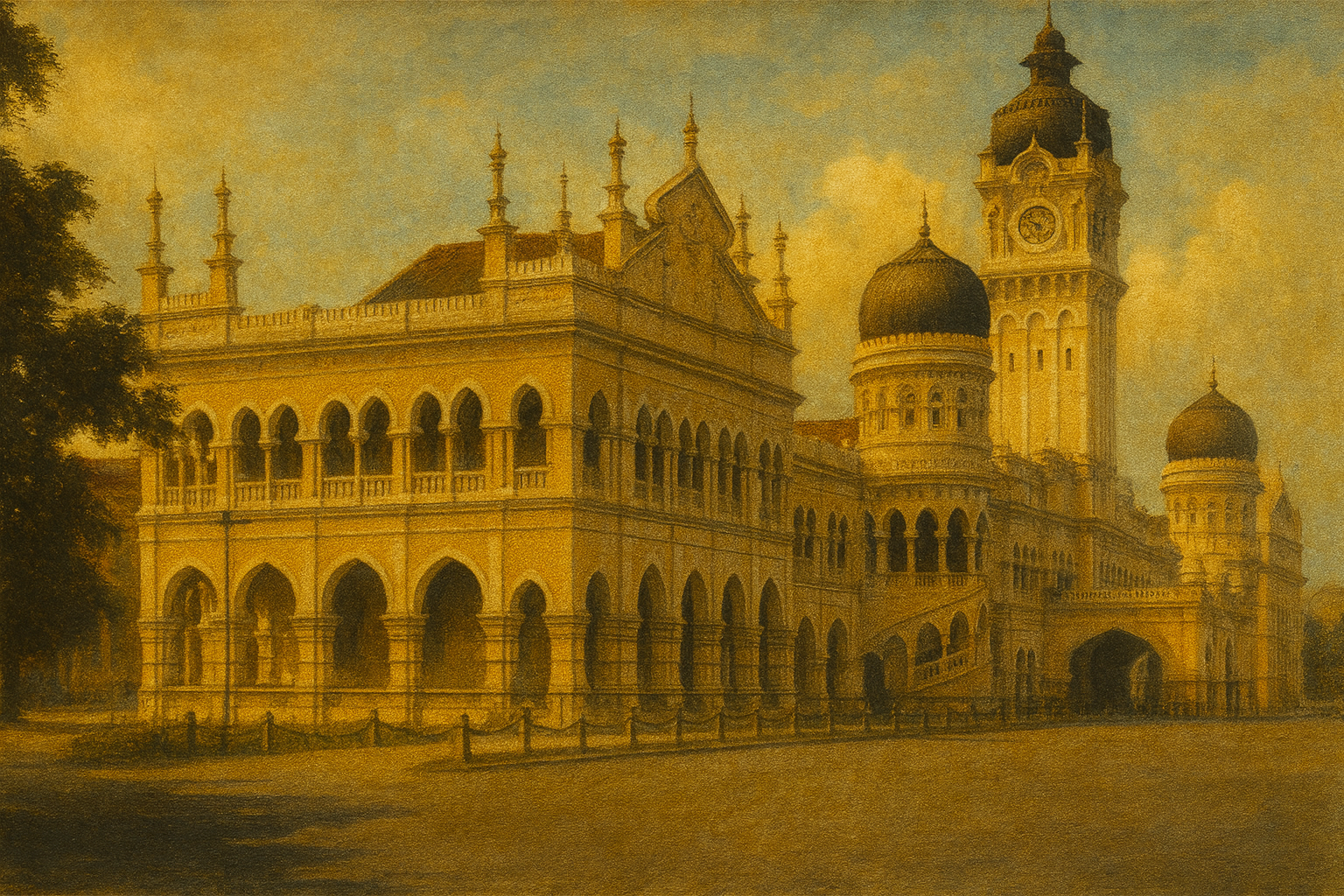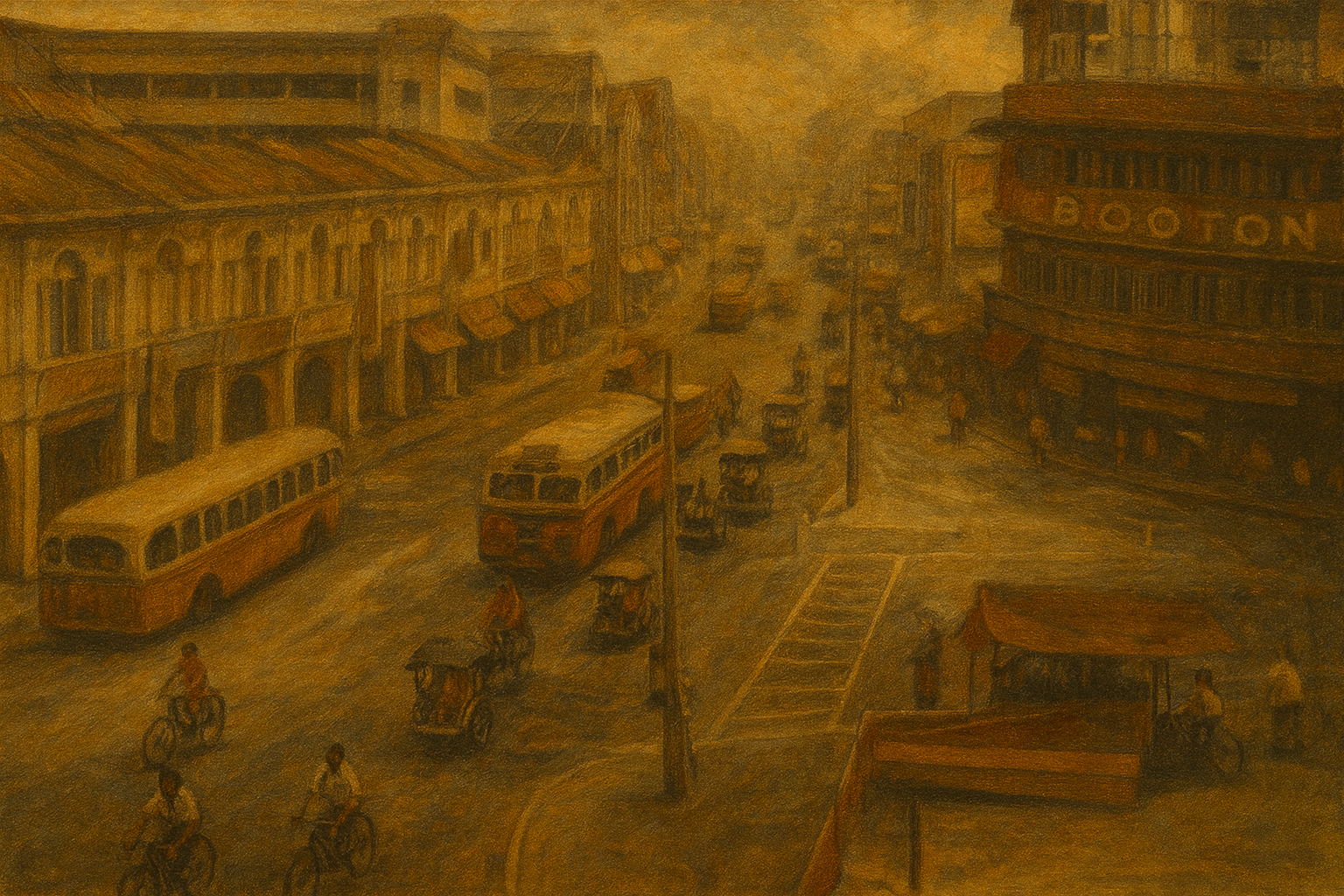1958



| Currency Rate to USD | 3.06 |
| GDP Per Capita (USD) | 260 |
| Population (millions) | 6.5 |
| Nasi Lemak Price | 20 cents |
| Teh Tarik Price | 10 cents |
| Urban Population Percentage | 24% |
Formation of Malaysia Era
For everyday folks in Malaya/Malaysia, this era was full of hope, political energy, and uncertainty. The lead-up to Merdeka (Independence) meant rising political organisation, negotiations, debates about citizenship, race, language.
Malayan Emergency Era
Life during the Emergency meant fear, disruption, and deep divisions. For many rural folks, night-raids, curfews, food scarcity, and forced relocations (into “New Villages”) came with the insurgency.
Cold War
After WWII, the world splits into blocs—capitalist West led by U.S., communist East led by USSR. People everywhere feel the pressure: fear of nuclear annihilation, propaganda, ideological influence in media and education, proxy wars in Asia, Africa and Latin America.

Founding of the Malaysian Ceylonese Congress
The founding of the Malaysian Ceylonese Congress in January 1958 marked a significant development for Malaysia's Sri Lankan-descended community, providing a dedicated political platform to advocate for their interests following Malaya's independence in 1957.
Opening of Sulaiman Courts
The opening of Sulaiman Courts in February 1958 represented a pivotal moment in post-independence Malaya, introducing the federation's first purpose-built residential flats in Kuala Lumpur to address rapid urbanization and housing shortages for lower-income families and civil servants.
United Nations Economic Commission for Asia and the Far East Conference in Kuala Lumpur, 1958
The 14th session of the United Nations Economic Commission for Asia and the Far East (ECAFE) held in Kuala Lumpur from 5 to 11 March 1958 marked a significant step in Malaya's post-independence engagement with regional economic cooperation, focusing on development, trade, and industrialization in Asia.
Opening of the Klang Gates Dam
The opening of the Klang Gates Dam in May 1958 marked a pivotal moment in Malaysia's post-colonial infrastructure development, providing a reliable water supply to the Klang Valley and symbolizing the young nation's push toward modernization.
Establishment of the Royal Malayan Air Force
The establishment of the Royal Malayan Air Force on 2 June 1958 represented a crucial milestone in Malaysia's journey toward military self-sufficiency, evolving from colonial auxiliary units to a sovereign national air force during the waning days of the Malayan Emergency and shortly after independence.

Death of Sultan Badlishah and Ascension of Sultan Abdul Halim (1958)
Sultan Badlishah, the 27th Sultan of Kedah, died on 13 July 1958, leading to the immediate ascension of his eldest surviving son, Abdul Halim Mu'adzam Shah, as the 28th Sultan on 14 July 1958, ensuring monarchical continuity in post-independence Malaya.
Formation of the Malayan People's Socialist Front
The Malayan People's Socialist Front (SF) was formed on August 31, 1957, uniting the Parti Rakyat Malaya (PRM) and the Labour Party of Malaya (LPM) as a multi-ethnic socialist coalition advocating for democratic socialism, land reform, and opposition to colonial influences in post-independence Malaya.

Establishment of the National Visual Arts Gallery of Malaysia
The establishment of the National Visual Arts Gallery of Malaysia in 1958 represented a key development in the cultural sector of the newly independent Federation of Malaya, promoting national identity and unity through visual arts.

First Anniversary of Malaya's Independence
The first anniversary of the Federation of Malaya's independence on 31 August 1958 celebrated national unity and progress one year after gaining sovereignty from British rule.

Surrender of MNLA Guerrillas in Telok Anson, 1958
The surrender of Malayan National Liberation Army (MNLA) guerrillas in the marshy Telok Anson area in 1958 marked a pivotal turning point in the waning phases of the Malayan Emergency, symbolizing the collapse of organized MNLA resistance in Malaya's interior and accelerating the path to the end of the conflict.
